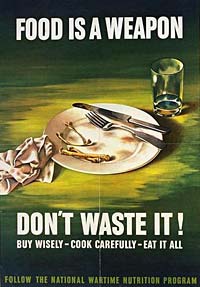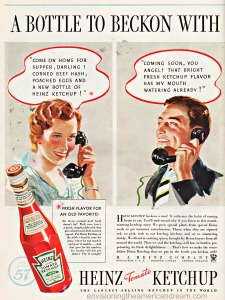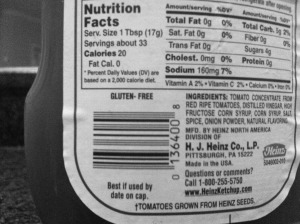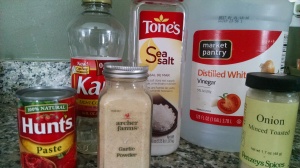Adelina “Auntie” was born on March 31, 1894. Over the generations we lost track of whose true aunt she was. In 1943 she would have been 49 years old. Her sister was my Great Grandmother, whose son was my grandfather and soldier in the Army.
Auntie’s brother had served in WWI and letters between my grandfather and him show that he felt connected through war experience to Percy. Auntie served as the family member he could write to and share things that would have been too upsetting for his parents or his fiance, my grandmother.
Auntie was always cheerful. She did not have any children of her own, so she often relied on my grandfather’s family of 11 for entertainment and get-togethers. She was devoted to all of us – all four generations over the years – as if she were a mother.
She grew beautiful gardens of flowers. Peonies were her favorite. She stayed old-fashioned in many lovely ways. Her home was decorated in Victorian-era styles with bold wallpapers  and crushed velvet chairs and couches. She had candy dishes full of Pepto-Bismol pink chalky mints.
and crushed velvet chairs and couches. She had candy dishes full of Pepto-Bismol pink chalky mints.
I have trouble wrapping my mind all the food innovations she witnessed in her lifetime. She did not incorporate indoor plumbing until the late 60’s. Her kitchen sink involved an old hand pump. In the same year she was born, Iceberg Lettuce was introduced. She was older than Hershey’s Milk Chocolate, canned tuna and date palms. She loved dessert recipes and held on to hundreds of cake, frosting, pie, and all other sorts of treasures. Maybe because it was an exciting introduction as a young child, she had every kind of date recipe one can imagine.
She was 18 when the Titanic sank and 34 years old when pre-sliced bread was introduced and 49 when it was banned during WWII as the machinery used to slice it in factories
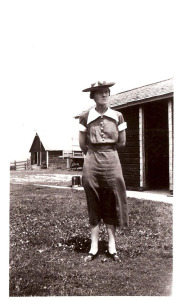 was more needed for war production efforts.
was more needed for war production efforts.
I don’t know for sure, but I imagine she was a homemaker who, like many others, viewed the “progress” and “modern conveniences” of the kitchen post WWII as trouble. The new way was one that would lessen the authenticity of homemade.
Auntie’s all-time favorite recipes were fudge and Sunshine Cake. The fudge she made in large batches and stored in coffee tins on the stairway. She’d offer the fudge to everyone who stopped by. Sometimes the fudge didn’t keep so well and when she popped off the cover the whole batch would be fuzzy and green.
The Sunshine Cake became a staple at the family birthday parties. There is family debate about the right recipe and ingredients. She was good about writing it down and sharing it with everyone, but some versions leave out the directions. Other versions are slightly different than all the rest. Luckily, the Sunshine Cake recipe was popular in its time and by patching together versions in the family and researching others online, it is possible to replicate Auntie’s favorite cake.
For Auntie’s party tonight I made the filling from a lemon/orange custard and the frosting from a boiled sugar water (7 Minute Frosting) combination. Auntie loved a caramel filling and topping, but I think she would have approved of my revision.
She probably would have asked to take the recipe home!

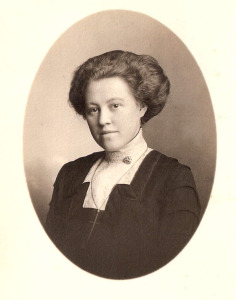
![IMG_20150330_181404770[1]](https://www.thewarinmykitchen.com/wp-content/uploads/2015/03/IMG_20150330_1814047701-300x168.jpg)
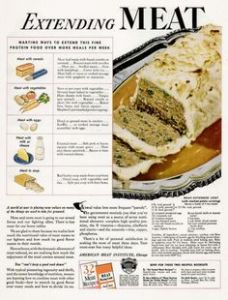 pamphlets, The American Meat Institute introduced a new, creative, and meat-extending version of meatloaf in 1943. Frosted Meatloaf. It was a regular meatloaf with mashed potatoes “frosting”.
pamphlets, The American Meat Institute introduced a new, creative, and meat-extending version of meatloaf in 1943. Frosted Meatloaf. It was a regular meatloaf with mashed potatoes “frosting”.